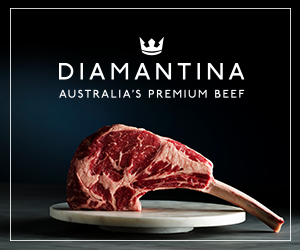Sausages are a staple here in Australia, a food ingrained in our culture. The smell of a sizzling sausage (or snags, as Aussies call them) on the barbecue evokes childhood memories of lathering them in tomato sauce and consuming them freely wrapped in fresh bread.
But Australians are more conscious than ever of what goes into their food so it’s no surprise that they’re asking just what exactly goes into a beef sausage?
With increasing access to information and more people turning to healthy options, sausages are in the line of fire – but is it for the right reason?
There seems to be two major concerns: How much fat goes into sausages? And what are sausages made of?
In order to answer these questions we asked Peter Augustus’ resident butcher Nick Dagg how he felt from a butcher’s perspective.
“It is important to include fats, but the right kind of fats.” he says
When making sausages butchers aim for cuts with the perfect combination of lean (70%) and fatty (30%) meats. This way when the sausages are cooked, some but not all of the fat will be cooked out – leaving just enough to compliment the sausage without leaving it dry and crumbly.
While the word fat may sound scary, Nick says “this is what will give you a moist sausage full of texture and flavour”.
His beef cuts of choice include a combination of brisket (from the point end) and chuck to provide the optimal lean to fat ratio. As the traditional approach to making sausages, Nick finds natural sheep casings (consisting of the cleaned small intestines of sheep) the best for texture and visual appeal. A natural casing is thin and translucent allowing the meat to be the real hero. The sheep casings (compared with other animal casings) are also easy to bite through and give the perfect snap feeling as your teeth cut through the skin.
The meat in sausages doesn’t combine well without the help of a binding agent, and without binding the sausage will lose both fat and moisture. For the perfect sausage consistency Nick uses a product called sausage starter (the main ingredient is rice flour) and water to bind the meat.
It’s clear you don’t need to be scared of your beloved snag. We just recommend sticking to butcher-made sausages to ensure you’re not getting any of the nasties. While gourmet sausages might be more expensive, you are paying for both superior flavour and quality.


